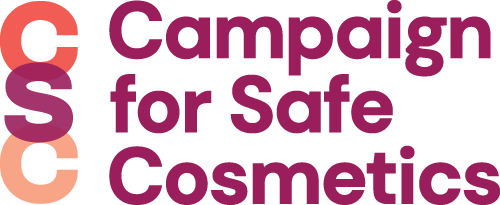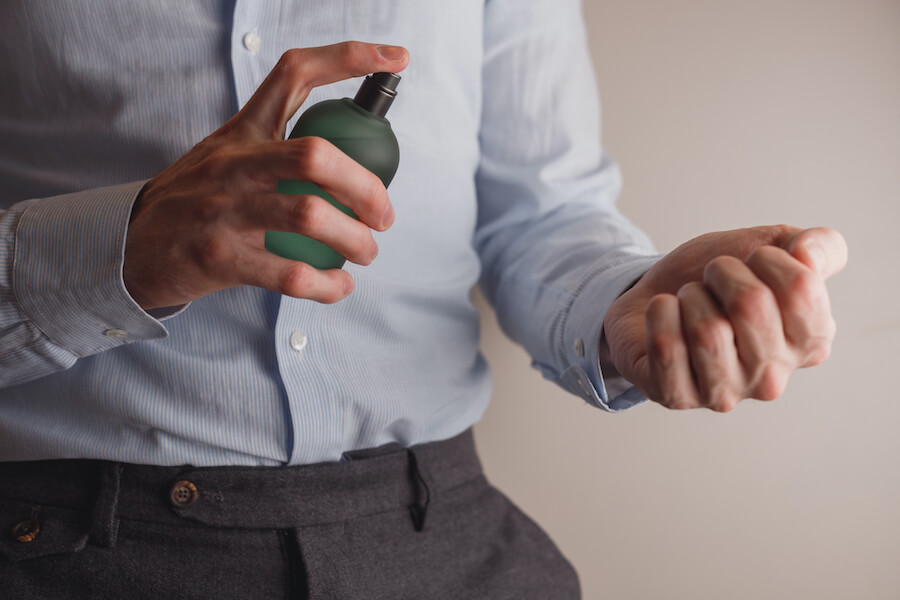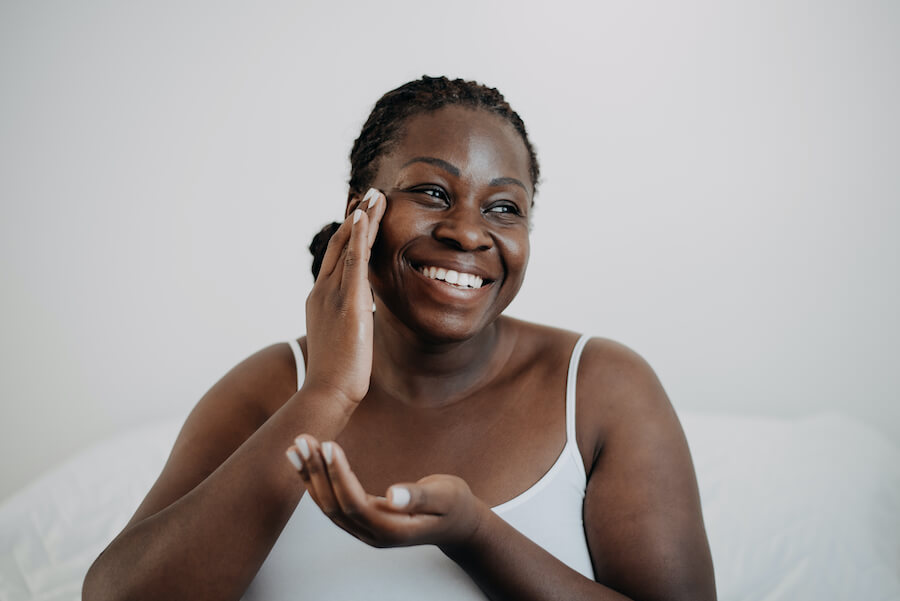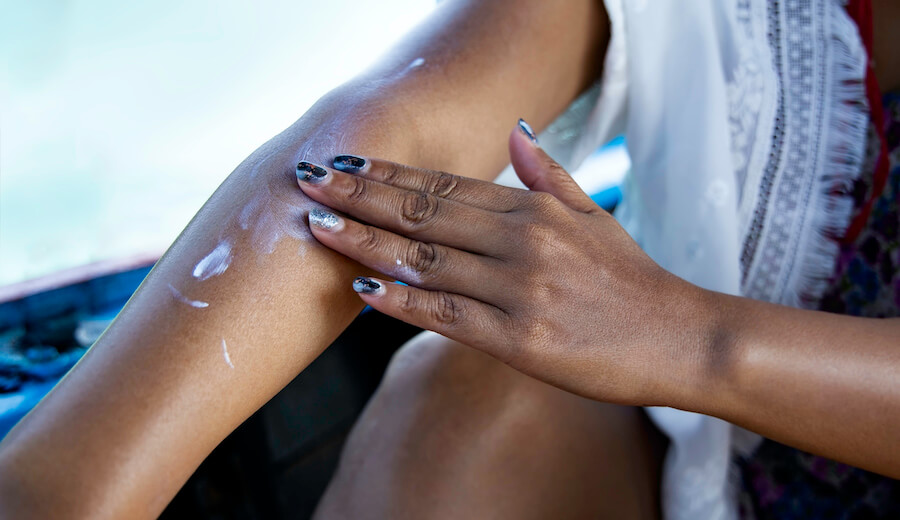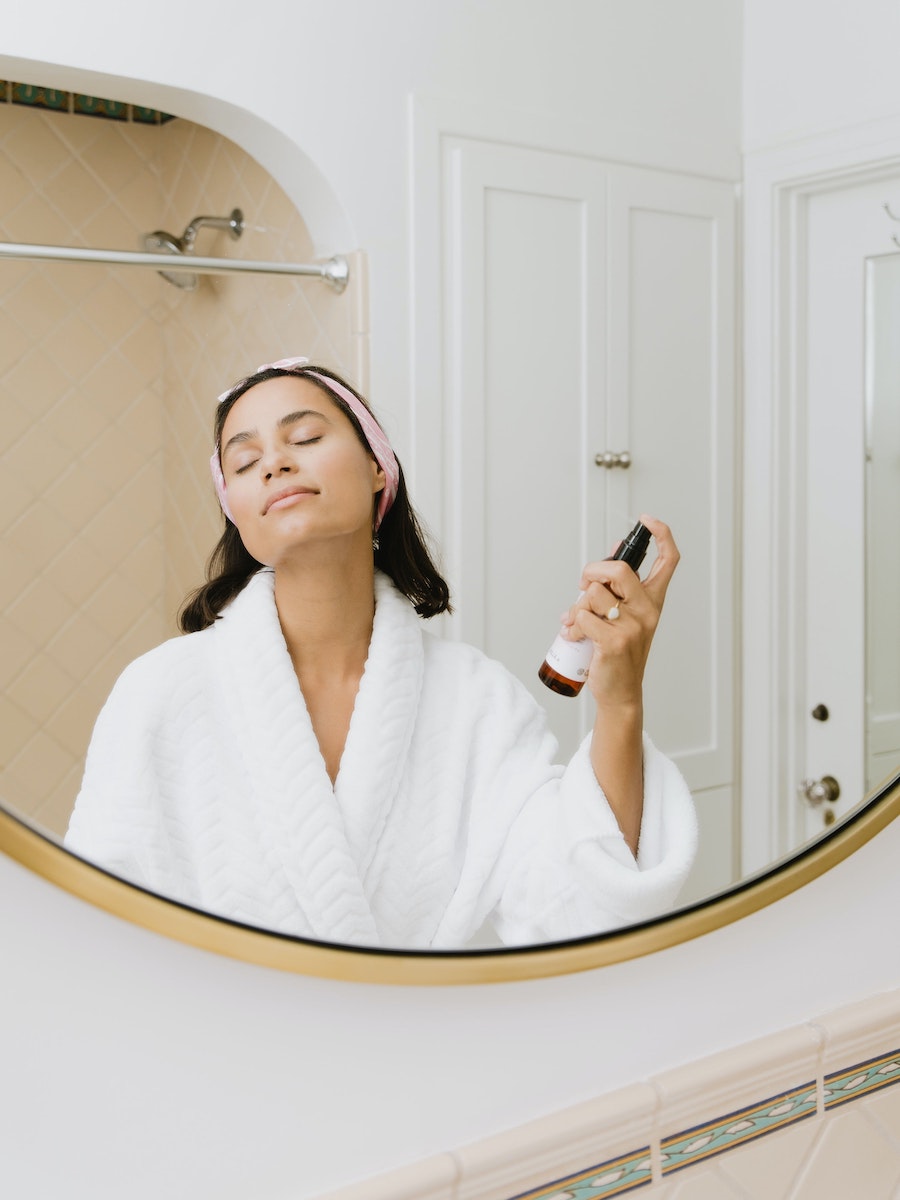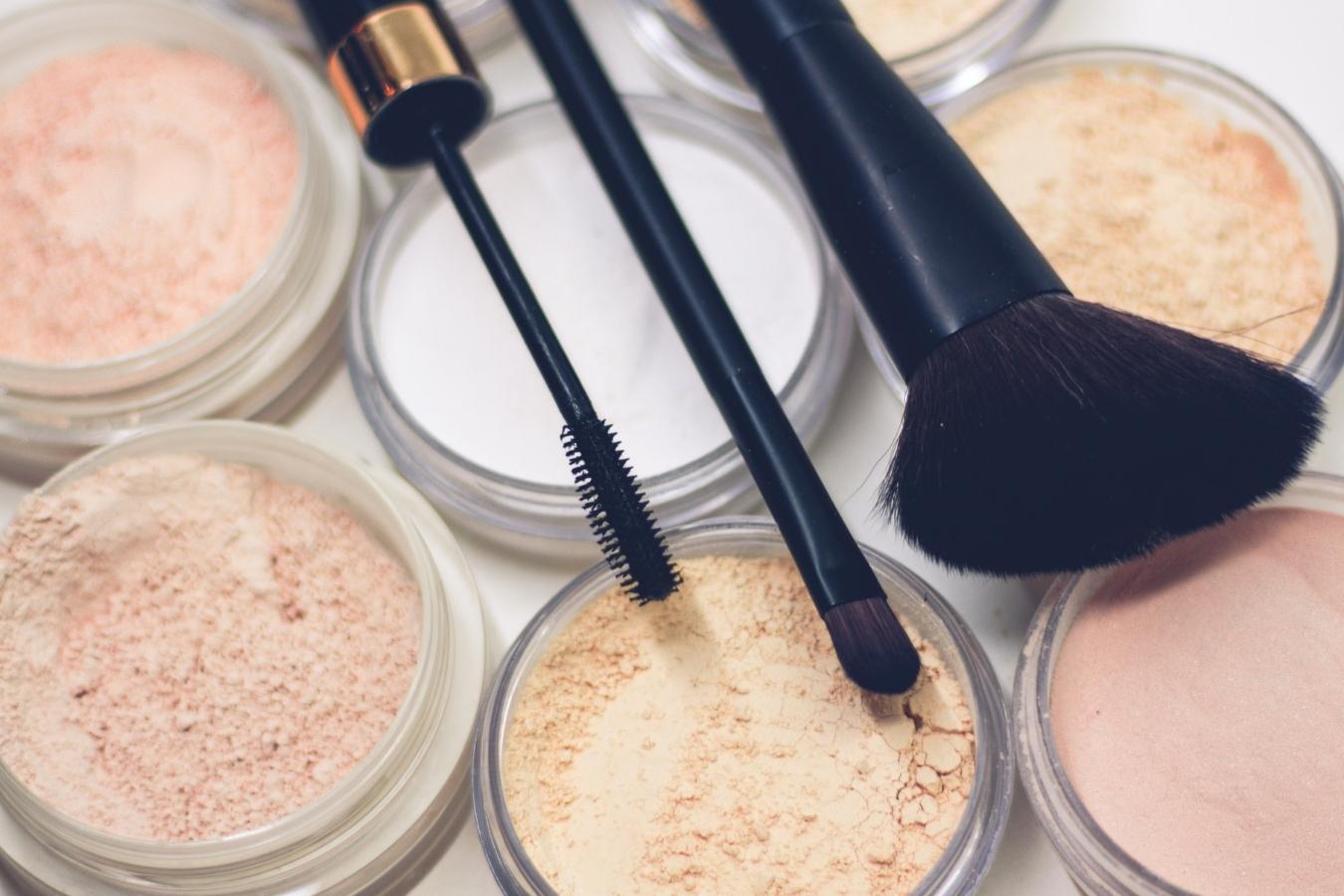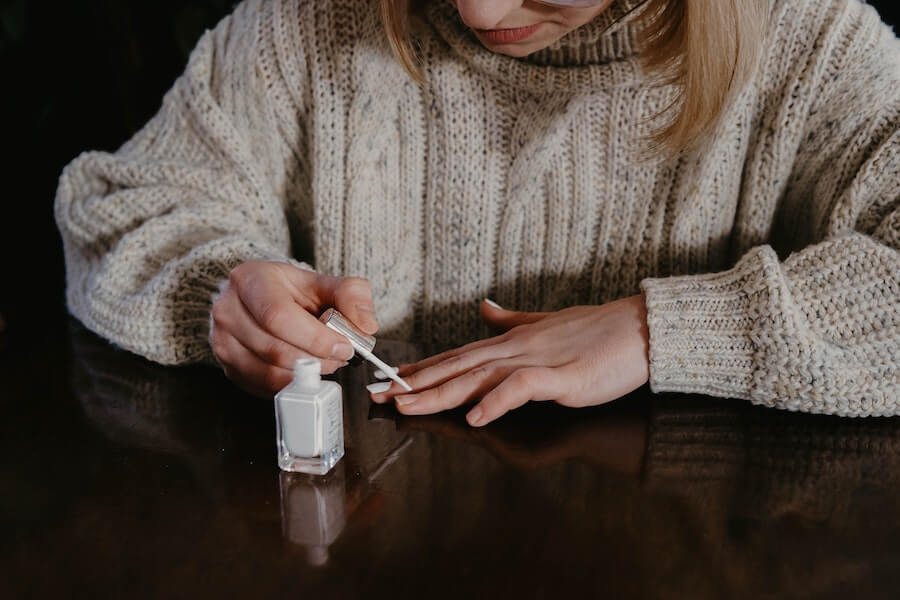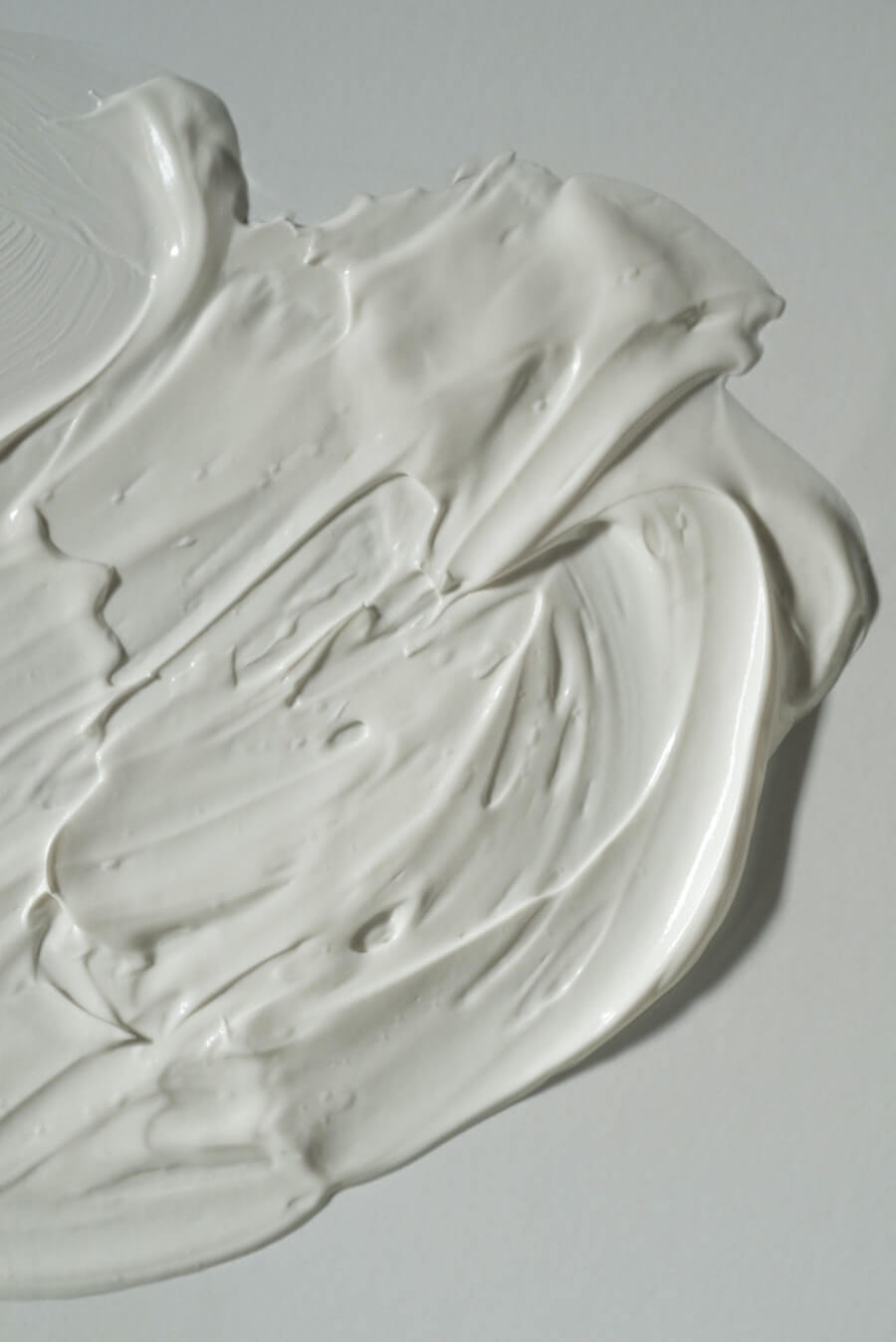[1] Muller S, Schmid P, Schlatter C. Occurrence of nitro and non-nitro benzenoid musk compounds in human adipose tissue. Chemosphere, vol. 33, no. 1, pp 17-28, 1996.
[2] Peck A. Analytical methods for the determination of persistent ingredients of personal care products in environmental matrices. Anal. Bional. Chem., vol. 386, oo 907-939, 2006.
[3] Lu Y, Yuan T, Wang W, Kannan K. Concentrations and assessment of exposure to siloxanes and synthetic musks in personal care products from China. Environmental Pollution, vol. 159, pp 3522-3528, 2011.
[4] Llompart M, Celeiro M, Lamas J, Sanchez-Prado L, Lores M, Garcia-Jares C. Analysis of plasticizers and synthetic musks in cosmetic and personal care products by matrix solid-phase dispersion gas chromatography-mass spectrometry. Journal of Chromatography A, vol. 1293, pp 10-19, 2013.
[5] Hutter H-P, et al. Higher blood concentrations of synthetic musks in women above fifty years than in younger women. Int. J. Hyg. Environ. Health, vol. 213, pp 124-130, 2010.
[6] Lee S, et al. Synthetic musk compounds and benzotriazole ultraviolet stabilizers in breast milk: occurrence, time-course variation and infant health risk. Environmental Research, vol. 140, pp 466-473, 2015.
[7] Homem V, Silva J, Ratola N, Santos L, Alves A. Long lasting perfume – a review of synthetic musks in WWTPs. Journal of Environmental Management, vol. 149, pp 168-192, 2015.
[8] Petersen K, Tollefsen K. Assessing combined toxicity of estrogen receptor agonists in a primary of culture of rainbow trout (Oncorhynchus mykiss) hepatocytes. Aquatic toxicology, vol. 101, pp 186-195, 2011.
[9] Gomez E, et al. Estrogenic activity of cosmetic components in reporter cell lines: parabens, UV screens, and musks. Journal of Toxicology and Environmental Health, Part A: current issues, vol. 68, pp 239-251, 2005.
[10] Gomez E, et al. Estrogenic activity of cosmetic components in reporter cell lines: parabens, UV screens, and musks. Journal of Toxicology and Environmental Health, Part A: current issues, vol. 68, pp 239-251, 2005.
[11] Simmons D, Marlatt V, Trudeau V, Sherry J, Metcalfe C. Interaction of Galaxolide® with the human trout estrogen receptor-α. Science of the Total Environment, vol. 408, no. 24, pp 6158-6164.
[12] Yamauchi R, Ishibashi H, Hirano M, Mori T, Kim J-W, Arizono K. Effects of synthetic polycyclic musks on estrogen receptor, vitellogenin, pregnane X receptor, and cytochrome P450 3A gene expression in the livers of male medaka (Oryias latipes). Aquatic Toxicology, vol. 90, pp 261-268, 2008.
[13] Yamauchi R, Ishibashi H, Hirano M, Mori T, Kim J-W, Arizono K. Effects of synthetic polycyclic musks on estrogen receptor, vitellogenin, pregnane X receptor, and cytochrome P450 3A gene expression in the livers of male medaka (Oryias latipes). Aquatic Toxicology, vol. 90, pp 261-268, 2008.
[14] Witorsch R, Thomas J. Personal care products and endocrine disruption: a critical review of the literature. Critical Reviews in Toxicology, vol. 40, no. S3, pp 1-30, 2010.
[15] Schreurs R, Sonneveld E, Jansen J, Seinen W, van der Burg B. Interaction of polycyclic musks and UV filters with the estrogen receptor (ER), androgen receptor (AR), and progesterone receptor (PR) in reporter gene bioassays. Toxicological Sciences, vol. 83, pp 264-272, 2005.
[16] Bitsch N, Dudas C, Körner W, Failing K, Biselli S, Rimkus G, Brunn H. 2002. Estrogenic activity of musk fragrances detected by the E-screen assay using human mcf-7 cells. Arch Environ Contam Toxicol. 43(3): 257-64.
[17] Ayuk-Takem L, Amissah F, Aguilar B, Lamango N. Inhibition of polyisoprenylated methylated protein methyl esterase by synthetic musks induces cell degeneration. Environmental Toxicology, vol. 29, no. 4, pp 466-477, 2014.
[18] Schnell S, Bols N, Barata C, Porte C. Single and combined toxicity of pharmaceuticals and personal care products (PPCPs) on the rainbow trout liver cell line RTL-W1. Aquatic toxicology, vol. 93, no. 4, pp 244-252, 2009.
[19] Eisenhardt S, Runnebaum B, Bauer K, Gerhard I. Nitromusk compounds in women with gynecological and endocrine dysfunction. Environmental Research Section A, vol. 87, pp 123-130, 2001.
[20] Carlsson G, Om S, Andersson P, Soderstrom H, Norrgren L. The impact of musk ketone on reproduction in zebrafish (Danio rerio). Marine Environmental Research, vol. 50, no. 1-5, pp 237-241, 2000.
[21] Shi J, Li M, Jiao Z, Zhang J, Fend Y, Shao B. Microarray analysis of gene expression in mouse (strain 129) embryonic stem cells after typical synthetic musk exposure. Bull Environ Contam Toxicol, vol. 90, pp 17-21, 2013.
[22] Wollenberger L, Breitholtz M, Kusk K, Bengtsson B. Inhibition of larval development of the marine copepod Acartia tonsa by four synthetic musk substances. Science of the Total Environment, vol. 305, no. 1-3, pp 53-64, 2003.
[23] Homem V, Silva J, Ratola N, Santos L, Alves A. Long lasting perfume – a review of synthetic musks in WWTPs. Journal of Environmental Management, vol. 149, pp 168-192, 2015.
[24] Zhang X, Brar S, Yan S, Tyagi R, Surampalli R. Fate and transport of fragrance materials in principal environmental sinks. Chemosphere, vol. 93, pp 857-869, 2013.
[25] Brausch J, Rand G. A review of personal care products in the aquatic environment: environmental concentrations and toxicity. Chemosphere, vol. 82, pp 1518-1532, 2011.
[26] Trabalon L, Cano-Sancho G, Pocurull E, Nadal M, Domingo J, Borrull F. Exposure of the population of Catalonia (Spain) to musk fragrances through seafood consumption: risk assessment. Environ. Res., in press, 2015.
[27] Liu N, Shi Y, Xu L, Li W, Cai Y. Occupational exposure to synthetic musks in barbershops, compared with common exposure in the dormitories and households. Chemosphere, vol. 93, pp 1804-1810, 2013.
[28] Kang C, et al. Polybrominated diphenyl ethers and synthetic musk in umbilical cord serum, maternal serum, and breast milk from Seoul, South Korea. Chemosphere, vol. 80, pp 116-122, 2010.
[29] Zhang X, Jing Y, Ma L, Zhou J, Fang X, Zhang X, Yu Y. Occurrence and transport of synthetic musks in paired maternal blood, umbilical cord, and breast milk. International Journal of Hygiene and Environmental Health, vol. 218, pp 99-106, 2015.
[30] Reiner J, Wong C, Arcano K, Kannan K. Synthetic musk fragrances in human milk from the United States. Environ. Sci. Technol., vol. 41, pp 3815-3820, 2007.
[31] Kannan K, Reiner J, Yun S, Perrotta E, Tao L, Johnson-Restrepo, Rodan B. Polycyclic musk compounds in higher trophic level aquatic organisms and humans from the United States. Chemosphere, vol. 61, pp 693-700, 2005.
[32] Zhang X, Jing Y, Ma L, Zhou J, Fang X, Zhang X, Yu Y. Occurrence and transport of synthetic musks in paired maternal blood, umbilical cord, and breast milk. International Journal of Hygiene and Environmental Health, vol. 218, pp 99-106, 2015.
[33] Zhou J, et al. Musks and organochlorine pesticides in breast milk from Shanghai, China: levels, temporal trends, and exposure assessment. Ecotoxicology and Environmental Safety, vol. 84, pp 325-333, 2012.
[34] Lee S, et al. Synthetic musk compounds and benzotriazole ultraviolet stabilizers in breast milk: occurrence, time-course variation and infant health risk. Environmental Research, vol. 140, pp 466-473, 2015.
[35] Moon H-B, Lee D-H, Lee Y, Kannan K. Occurrence and accumulation patterns of polycyclic aromatic hydrocarbons and synthetic musk compounds in adipose tissues of Korean females. Chemosphere, vol. 86, pp 485-490, 2012.
[36] Raab U, Albrecht M, Preiss U, Volkel W, Schwegler U, Fromme H. Organochlorine compounds, nitro musks, and perfluorinated substances in breast milk – results from Bavarian Monitoring of Breast Milk 2007/8. Chemosphere, vol. 93, pp 461-467, 2013.
[37] Liebl B, Mayer R, Ommer S, Sonnichsen C, Koletzko B. Transition of intro musks and polycyclic musks into human milk. Adv. Exp. Med. Biol., vol. 478, pp 289-305, 2000.
[38] Hutter H-P, et al. Higher blood concentrations of synthetic musks in women above fifty years than in younger women. Int. J. Hyg. Environ. Health, vol. 213, pp 124-130, 2010.
[39] Liu N, Shi Y, Xu L, Li W, Cai Y. Occupational exposure to synthetic musks in barbershops, compared with common exposure in the dormitories and households. Chemosphere, vol. 93, pp 1804-1810, 2013.
[40] Bridges B. Fragrance: emerging health and environmental concerns. Flavour Fragr. J., vol. 17, pp 361-371, 2002. Available online: https://onlinelibrary.wiley.com/doi/10.1002/ffj.1106. Accessed April 21, 2022.
[41] ChemEurope. EU regulation follows fragrance industry’s voluntary global ban. Press Release. 2011. Available online: https://www.chemeurope.com/en/news/130946/eu-regulation-follows-fragrance-industrys-voluntary-global-ban.html. Accessed April 21, 2022.
[42] European Commission, 2011. Commission regulation (EU) N. 143/2011 of 17 February 2011 amending Annex XIV to regulation (EC) No 1907/2006 of the european parliament and of the Council on the registration, evaluation, authorisation and restriction of chemicals (‘REACH’). Off. J. Eur. Union 2e6. L44.
[43] European Parliament, 2009. Regulation (EC) N. 1223/2009 of the european parliament and of the Council of 30 November 2009 on cosmetic products. Off. J. Eur. Union 59e209. L 342.
[44] Commission Directive Document 32008L0042. EUR. 2008. Available online: https://eur-lex.europa.eu/legal-content/EN/TXT/?uri=celex%3A32008L0042. Accessed April 21, 2022.
